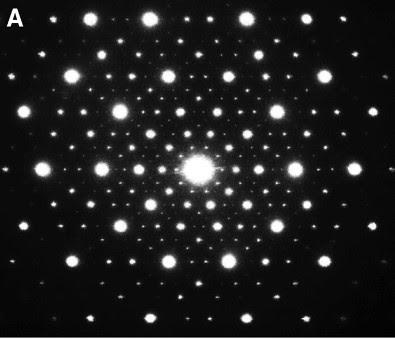
It was in "Gamma: Exploring Euler's Constant" by Julian Havel that I came across the fact, which I had not known previously, that the sum of the cubes of the first n numbers is equivalent to the square of their sum. (The series is 1, 9, 36, 100, 225, 441 ...)

It got me wondering about the relationship between these values for other collections of numbers. For what collections of integers is the sum of cubes greater than the square of the sums? For what collections of integers is the sum of cubes less than the square of the sums? I convinced myself that if no integer in a collection is repeated, then the sum of the cubes will always be greater. If repetition is allowed, it gets more complicated. For a single integer, the sum of cubes will be greater if the number of occurrences is less than the number itself. I was surprised to find cases where the two could be equal (e.g. for 1, 2, 2, 4 the square of the sum and the sum of the cubes are both 81). There must be theory on this.
Wikipedia refers to the basic statement that the sum of cubes of the first n integers equals the square of their sum as Nicomachu's theorem, while Wolfram Mathworld gives Nicomachu's theorem as the statement that "The nth cubic number is a sum of n consecutive odd numbers," saying that Nicomachu's theorem follows from the earlier statement.














